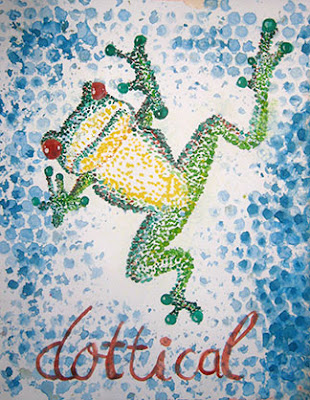Adding Richness with Collage
Getting towards the end of this journal I wanted to use up my stash of collage fodder that was getting 'stale' and so start the next journal with 'fresher' materials.Falling in Love with the Background
The challenge I find over and over is how to integrate the images from magazine/catalog pictures into the expressiveness of the page. I want the process to be playful and the image to be richly layered without it sinking into hot mess chaos.I tend to make the collage the first layer so I can do the meaningful 'art' on top of it. My inner split is that I like the idea of collage but I want the piece to be original, to be my own creation. At least that is my thinking before I start but once I get the collage down I feel reluctant to 'lose' it by covering it up.
For me, (1) worked the best. I used flower pictures from a bulb catalog but with all the layering and tinkering the flower images mostly lost their definition but do add color and richness.
With (2) I fell in love with the magazine picture. As I wrote this blog entry I had flash of what I could do differently the next time with a large magazine picture like this. I could outline some geometrical shapes with gesso on top of the picture to create little windows on tree branch areas. I learned this extremely useful technique from Nika In Wonderland. Thanks, Nika!
I did like the stenciling with modeling paste over this picture. I was starting to get how use limited areas of the stencil to create stronger compositions.
In (3) the images from the bulb catalog are more visible but don't clash with the final composition.
In (4) I was really torn. I loved the colors of the feathers but I couldn't bring myself to tear up or cover over the birds. I couldn't tear their sweet little faces up. I went with using the whole images. I ended up having their little eyes peaking through the stenciling but for me it doesn't quite work as a composition. I learned from this series that it is best to give the viewer a clear delineation between background and foreground so the brain does not have to struggle in vain to resolve what's what.















